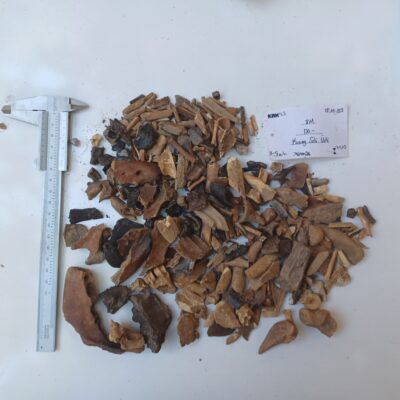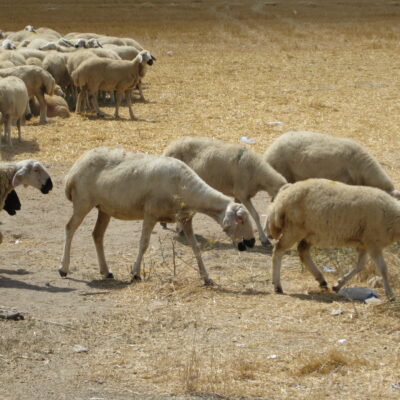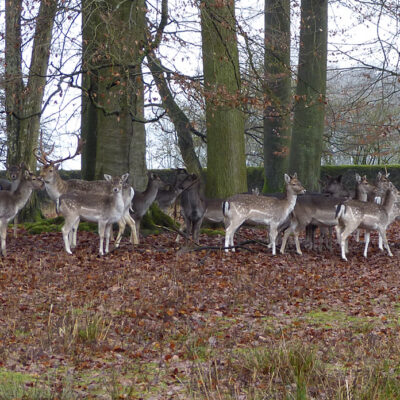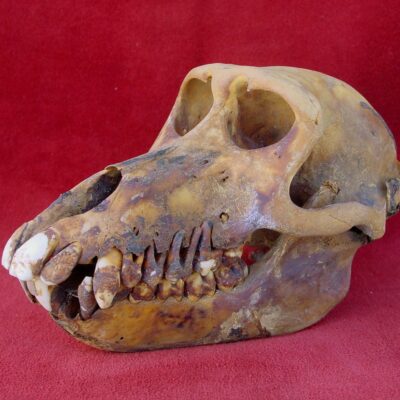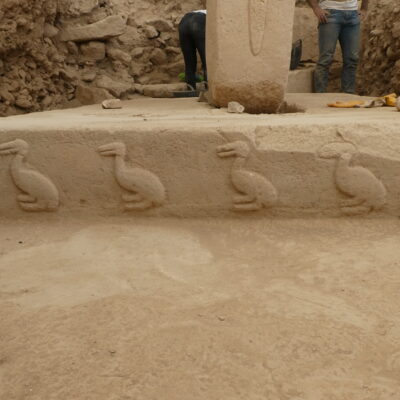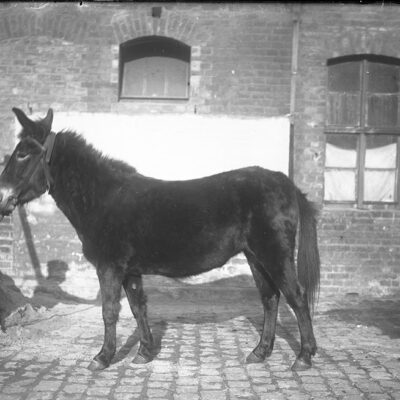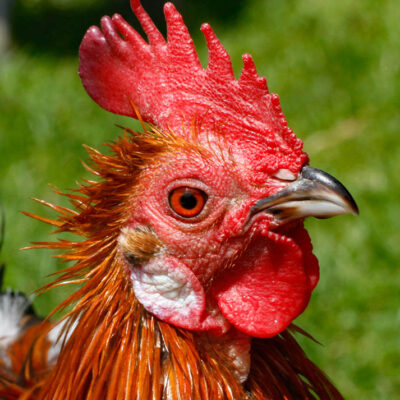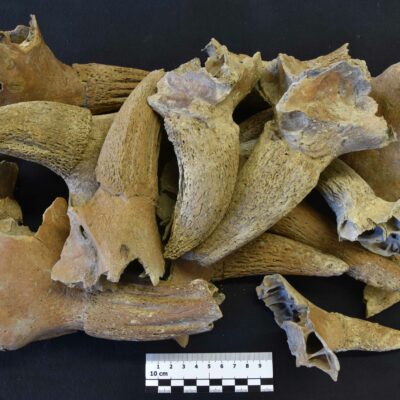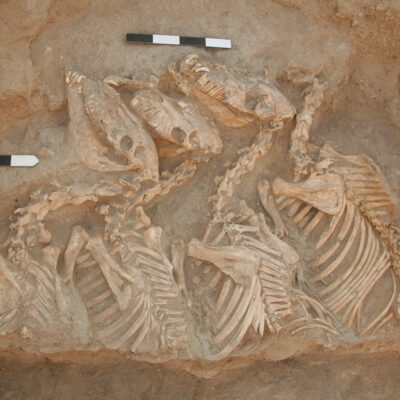Taş Tepeler Project
18. April 2025 | Current projects | Research in the spotlight
Euphrates-Tigris Project
18. April 2025 | Current projects | Research in the spotlight
First insights into the genetic bottleneck characterizing early sheep husbandry in the Neolithic period
13. April 2024 | Obermesopotamien | Research in the spotlight
More complex than previously thought: The history of fallow deer translocations dates back to the Neolithic Age
25. February 2024 | Research in the spotlight
Baboons in captivity in Ancient Egypt: insights from a collection of mummies
17. January 2024 | Research in the spotlight
From passerine birds to cranes – Neolithic bird hunting in Upper Mesopotamia
18. October 2023 | Research in the spotlight
Romans brought mules with them
14. June 2022 | Research in the spotlight
Major new international research reveals new evidence about when, where, and how chickens were domesticated
7. June 2022 | Research in the spotlight
The Great Ditch and the Many Shafts. Archaeozoology of Medieval Munich
23. February 2022 | Research in the spotlight
“Kungas” – the Oldest Equine Hybrids
18. January 2022 | Research in the spotlight



